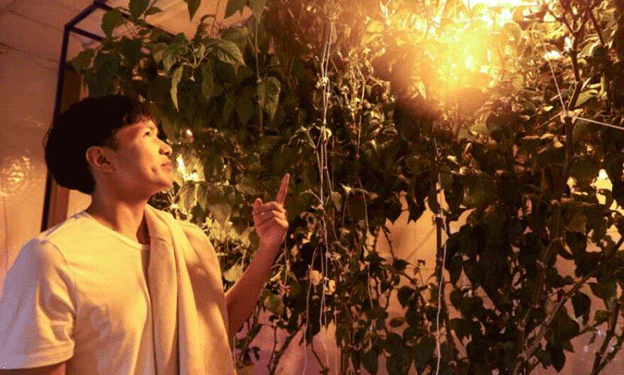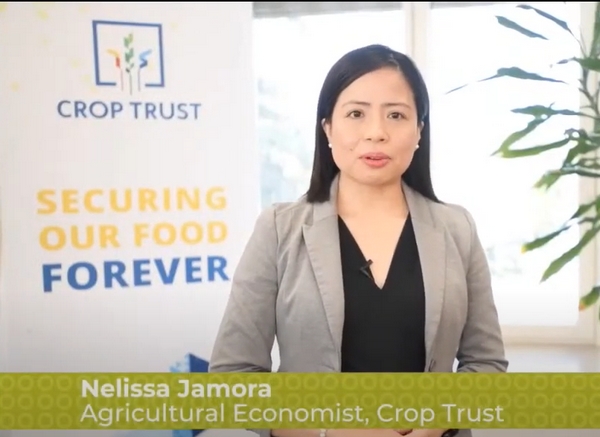Nestled on Admiralty Island in Southeast Alaska, the small village of Angoon faces unique challenges when it comes to accessing fresh produce. With a population of around 300 people and a reliance on barge or air deliveries, fruits and vegetables are often expensive and less fresh by the time they reach the community. Climate change is further complicating traditional food-gathering methods, making food security a growing concern.
To address these challenges, Angoon High School has taken an innovative approach: a hydroponic garden within a classroom. What started as an experiment in hands-on learning has blossomed into a beacon of food sovereignty for the village.
A Classroom Transformed
Inside the high school, the usual desks and chalkboards are replaced by hydroponic towers and glowing LED lights. Here, students like Cody Pitka and Lisa Kooshesh-Booth are cultivating crops that would typically be difficult to grow in Southeast Alaska’s rainy and low-sunlight winters. Peppers, tomatoes, basil, and lettuce thrive in this controlled environment, where plants draw nutrients from water rather than soil.
“It tastes better,” says Cody, reflecting on the fresh vegetables grown through the program. For Lisa, the garden is about more than just food—it’s a way to connect with her community in a meaningful way.
Advancing Food Sovereignty
The hydroponic project, funded through a federal education grant, serves a dual purpose. It teaches students the fundamentals of cultivation and food sustainability while addressing a critical need for fresh, local produce in the village. Once students harvest the crops, they share them with the community, prioritizing elders and those in need.
Frank Coenraad, a counselor who helped develop the program, notes that the initiative is more than a solution to food scarcity. “It’s giving the kids a feeling of empowerment,” he says. The project not only improves nutrition in Angoon but also instills a sense of pride and purpose in the students.
Challenges and Future Goals
Despite its success, the hydroponic garden faces hurdles. Startup costs for hydroponic systems are high, especially in remote locations like Angoon. Additionally, the small classroom facility cannot meet the village’s entire produce demand. However, Coenraad views the program as a vital first step toward broader food sovereignty.
The school plans to expand its hydroponics initiative by introducing a dedicated class next semester, focusing on the principles of hydroponics and the importance of sustainable agriculture. This step aims to deepen students’ understanding while inspiring them to explore long-term solutions for food security in their community.
The hydroponic garden at Angoon High School demonstrates the power of innovation and education in tackling food insecurity. By empowering students to grow fresh produce and share it with their community, the program is fostering resilience, sustainability, and a deeper connection to local food systems. As Angoon continues its journey toward food sovereignty, its hydroponic classroom stands as a model for other remote communities seeking to cultivate self-sufficiency.












